Significance
Haiyin Temple has over eight hundred years of history. It is considered to be Kinmen’s most famous temple, and one of its major religious centers. The temple is located on Taiwu Mountain. It has always played an integral part in the mountain’s rich cultural and natural environment as well as its military history, and is the reason why Taiwu Mountain is seen as an important spiritual symbol with great cultural significance to Kinmen. The temple’s renovations over the years are reminders of Kinmen’s war-torn history. Its ancient cave and its arch-gate, Shi-men Kwan, date back to the Song and Ming dynasties. Their ancient pedigree endows these artifacts with major historical, cultural, and aesthetic value.
History
Kinmen’s Haiyin Temple is also known as Taiwuyan Temple. Its main gate, Shi-men Kwan, sits behind a plum blossom garden at the peak of Taiwu Mountain. As Taiwu Mountain is dotted with numerous rock outcroppings that have the appearance of name chops, people began calling it Haiyin (the sea of chops), and the temple built on top of it naturally began to be be known as Haiyin Temple. Haiyin Temple is one of Taiwu Mountain’s twelve scenic spots. The temple was established during the Song dynasty’s Xianchun era (1265 – 1274). According to Ming dynasty scholar Luo Ruo-teng’s (1598 – 1664) Taiwu Temple Records, the temple was originally dedicated to the Tongyuan Immortal (a Song dynasty figure called the Man with the White Beard or the King of Leshan who was worshipped in Fujian’s Quanzhou Prefecture; his family name has been lost to history). However, locals enshrined the Guanyin Boddhisatva after the deity appeared to them one night, and Haiyin Temple was converted from a Taoist to a Buddhist temple. The temple was renovated in 1580, 1600, and again in 1661. It sustained severe damage in 1958 during the Second Taiwan Strait Crisis. The current appearance of the temple is the result of repairs carried out after 1960. Its main gate, Shi-men Kwan, was named a Kinmen County historic landmark in 1988, while its Main Hall was designated a historic building in 2009.
Special Features
1Shi-men Kwan
 Shi-men Kwan is located on the front left side of the Haiyin Temple complex. It is one of Taiwu Mountain’s twelve scenic spots. Shi-men Kwan is a small arched stone masonry gate measuring less than five meters in height. On the lintel above the gate, a horizontal plaque inscribed by late Ming dynasty Confucian scholar Luo Ruo-teng describes Taiwu Mountain as “Hai Shan Di Yi”—first among island peaks. According to The Record of Taiwu Temple’s Reconstruction, the phrase had its origin in the saying “Kinmen is the most famous island in the sea, while Taiwu Mountain is the best-known of all the island peaks.” It is thought that Shi-men Kwan’s narrow single entranceway was originally designed for self-defense, and the temple’s previous gate and walls are believed to have been built on a much larger scale. Presently, Shi-men Kwan serves as Haiyin Temple’s entrance gate.
Shi-men Kwan is located on the front left side of the Haiyin Temple complex. It is one of Taiwu Mountain’s twelve scenic spots. Shi-men Kwan is a small arched stone masonry gate measuring less than five meters in height. On the lintel above the gate, a horizontal plaque inscribed by late Ming dynasty Confucian scholar Luo Ruo-teng describes Taiwu Mountain as “Hai Shan Di Yi”—first among island peaks. According to The Record of Taiwu Temple’s Reconstruction, the phrase had its origin in the saying “Kinmen is the most famous island in the sea, while Taiwu Mountain is the best-known of all the island peaks.” It is thought that Shi-men Kwan’s narrow single entranceway was originally designed for self-defense, and the temple’s previous gate and walls are believed to have been built on a much larger scale. Presently, Shi-men Kwan serves as Haiyin Temple’s entrance gate.
2The Ancient CaveThe Ancient Cave is located behind the Main Hall. It is Haiyin Temple’s oldest structure. The unique structure was created by arranging and shaping giant boulders to form a man-made cave. It is believed the cave was built during the Song or Ming dynasties. The cave is a valued historical structure that epitomizes the integration of artifice and natural materials that was prevalent in Chinese landscaping at the time.
3Anxin Rock
 Anxin Rock is located below the Main Hall. It is a granite boulder discovered in the ground at the site where Haiyin Temple was eventually built. According to local belief, the rock endows those who touch it with supernatural abilities. The glass wall behind the rock is inscribed with a prayer for tranquility (anxin), which can be achieved by touching one’s heart with the left hand, touching the rock with the right hand, and silently intoning Buddha’s name.
Anxin Rock is located below the Main Hall. It is a granite boulder discovered in the ground at the site where Haiyin Temple was eventually built. According to local belief, the rock endows those who touch it with supernatural abilities. The glass wall behind the rock is inscribed with a prayer for tranquility (anxin), which can be achieved by touching one’s heart with the left hand, touching the rock with the right hand, and silently intoning Buddha’s name.
4Anxin Rock HallAnxin Rock Hall is located next to Anxin Rock. The hall displays many of Haiyin Temple’s relics, including building materials used in renovations, granite dating from the Ming dynasty, and numerous Buddhist paintings and calligraphy. Its most unusual collection is a series of pottery arhat sculptures from an unknown era. The sculptures were found buried in the ground during temple renovations and were excavated, but by then many were already in pieces. The temple asked experts to piece the sculptures back together, and subsequently put the mended sculptures on display in Anxin Rock Hall. The arhat sculptures wear intriguing expressions on their faces and are extremely lifelike in appearance. The meticulous attention paid to detail in depicting their elaborate garments is impressive.
5The Main Hall
 Haiyin Temple’s Main Hall is located behind the Guanyin Hall. It was built in the 1970s. The hall has a hip-and-gable roof. The layered slopes of the roof give it the appearance of a double-eaved structure. In fact, the upper section is built with a load-bearing purlin structure. This construction method is more commonly adopted in structure with lesser width, in which purlins are directly supported by the gables at each end. This method can reduce the amount of building materials needed. The lower section was built with reinforced concrete on a traditional stone base. The Main Hall enshrines the Shakyamuni Buddha. Its façade is divided into three sections, and its only internal supports are two great pillars at the rear of the hall. In a variation from typical Main Hall design, there is only one entrance. The exterior walls were constructed in brick and stone.
Haiyin Temple’s Main Hall is located behind the Guanyin Hall. It was built in the 1970s. The hall has a hip-and-gable roof. The layered slopes of the roof give it the appearance of a double-eaved structure. In fact, the upper section is built with a load-bearing purlin structure. This construction method is more commonly adopted in structure with lesser width, in which purlins are directly supported by the gables at each end. This method can reduce the amount of building materials needed. The lower section was built with reinforced concrete on a traditional stone base. The Main Hall enshrines the Shakyamuni Buddha. Its façade is divided into three sections, and its only internal supports are two great pillars at the rear of the hall. In a variation from typical Main Hall design, there is only one entrance. The exterior walls were constructed in brick and stone.
6The Bell and Drum Towers
The bell and drum towers are freestanding buildings located in front and to the sides of the Guanyin Hall. This layout is unusual, as the bell and drum towers are connected to the main hall in most temples. Haiyin Temple’s bell and drum towers were added in 1968 and are also known as the Dragon Tower and the Phoenix Pavilion. The antique bell in the bell tower was procured by a Zen master who traveled to Japan in 1898 to raise funds for the casting of the bell.
7The Sculpture ParkHaiyin Temple’s sculpture park contains thirty-two statues of Guanyin, the deity enshrined in the temple. The statues represent the thirty-two manifestations of Guanyin described in the Buddhist Lotus Sutra. The statues depict the ways in which the deity manifests itself when appearing to sentient beings.
Reminders
Haiyin Temple holds a prayer ceremony to procure blessings and protection from adversity from 9:00 to 11:30 a.m. on the 17th day of each lunar month. It also provides shuttle buses to transport worshippers on and off the mountain. During the Lunar New Year period, the temple organizes the “first incense stick in the burner” (qiǎngtóuxiāng) event (it is said that the person whose incense smoke first reaches the Jade Emperor in the new year will be blessed with extra luck) and holds a bell-ringing ceremony. It also invites worshippers to write prayer cards and light protection lamps and Taisui lamps. The temple provides meals during these activities.
Panoramic
Directions